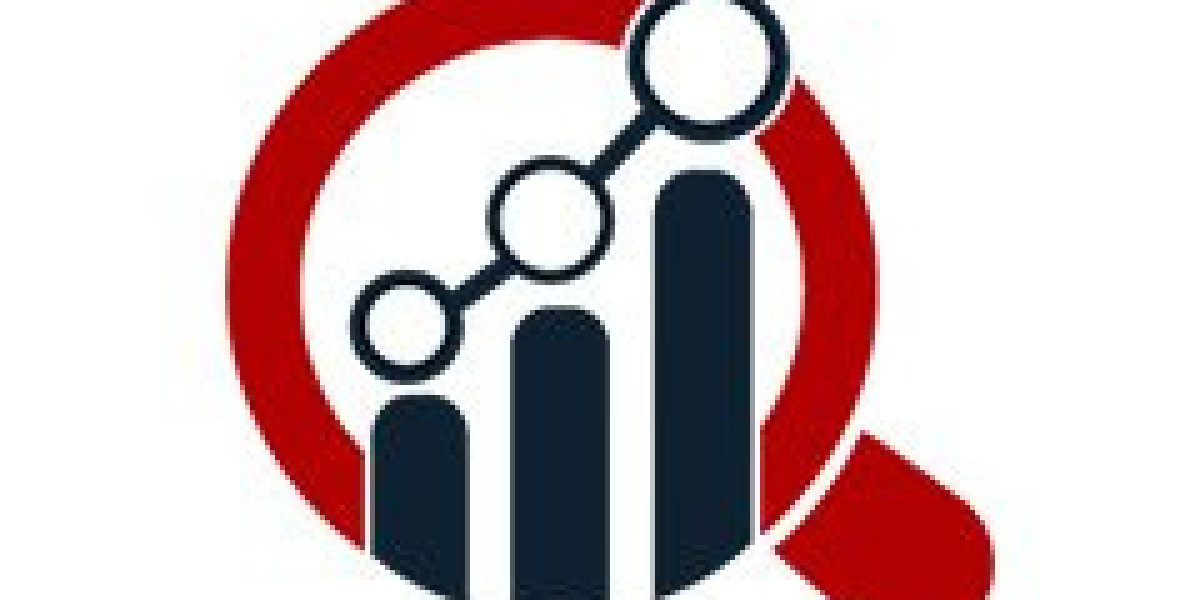The Growing Landscape of the Nontuberculous Mycobacteria
Nontuberculous Mycobacteria
Market
Nontuberculous Mycobacteria (NTM) are a diverse group of tuberculosis-related bacteria but distinct in their clinical presentation and treatment approaches. Once considered opportunistic pathogens, NTM are increasingly recognized as significant causes of pulmonary and extrapulmonary infections, particularly in individuals with underlying lung conditions, weakened immune systems, or structural lung abnormalities. This rising prevalence and the complexities associated with NTM infections fuel growth in the NTM market, encompassing diagnostics, therapeutics, and research tools.
Understanding the NTM Challenge:
NTM infections present a unique set of challenges for healthcare professionals. Unlike tuberculosis, which is caused by a single species (Mycobacterium tuberculosis), NTM encompasses over 150 identified species, each with varying degrees of pathogenicity and drug susceptibility. This heterogeneity makes diagnosis and treatment particularly intricate.
Pulmonary NTM infections are the most common clinical manifestation, with symptoms often mimicking tuberculosis, such as chronic cough, fatigue, weight loss, and night sweats. However, NTM can also cause extrapulmonary infections affecting the skin, soft tissues, lymph nodes, and bones. The increasing incidence of NTM infections globally is attributed to factors like an aging population, the rising prevalence of chronic lung diseases (such as cystic fibrosis and COPD), and increased awareness and diagnostic capabilities.
Driving Forces Behind Market Growth:
Several key factors are propelling the expansion of the NTM market:
- Rising Incidence and Prevalence: As diagnostic techniques improve and awareness grows, more NTM infections are being identified, leading to a larger patient pool requiring medical intervention.
- Advancements in Diagnostics: The development of more rapid and accurate diagnostic tools, including molecular diagnostics and advanced imaging techniques, is crucial for early and specific identification of NTM species. This enables timely and targeted treatment strategies.
- Unmet Treatment Needs: Treating NTM infections can be challenging due to the intrinsic resistance of many NTM species to commonly used antibiotics. This creates a significant unmet need for novel and effective therapeutic options.
- Growing Research and Development Activities: Increased investment in research is focused on understanding the pathogenesis of NTM infections, developing new diagnostic assays, and discovering novel antimicrobial agents.
- Increasing Awareness and Education: Healthcare professionals are becoming more aware of the clinical significance of NTM infections, leading to improved recognition and management of these conditions.
Market Segments and Key Areas of Focus:
The NTM market can be broadly segmented into:
- Diagnostics: This segment includes a range of tests used to identify NTM species, such as culture-based methods, molecular diagnostics (PCR, nucleic acid sequencing), and imaging techniques.
- Therapeutics: This segment comprises antibiotics, including macrolides, aminoglycosides, and fluoroquinolones, often used in combination for prolonged treatment durations. The development of new drug formulations and novel antimicrobial agents is a key area of focus.
- Research Tools: This segment includes reagents, kits, and equipment used in NTM research, contributing to a better understanding of the bacteria and the development of new interventions.
Future Outlook:
The NTM market is poised for continued growth in the coming years. The increasing prevalence of NTM infections, coupled with advancements in diagnostics and a growing focus on developing effective treatment strategies, will drive market expansion. The development of rapid and accurate point-of-care diagnostic tests, the emergence of novel antimicrobial agents with improved efficacy and safety profiles, and a deeper understanding of NTM pathogenesis are expected to shape the future landscape of this market. Furthermore, increased awareness and collaborative efforts among researchers, clinicians, and pharmaceutical companies will be crucial in addressing the growing burden of NTM infections worldwide.
By addressing the diagnostic and therapeutic challenges associated with these complex infections, the medical community can significantly improve the outcomes and quality of life for individuals affected by nontuberculous mycobacteria.







